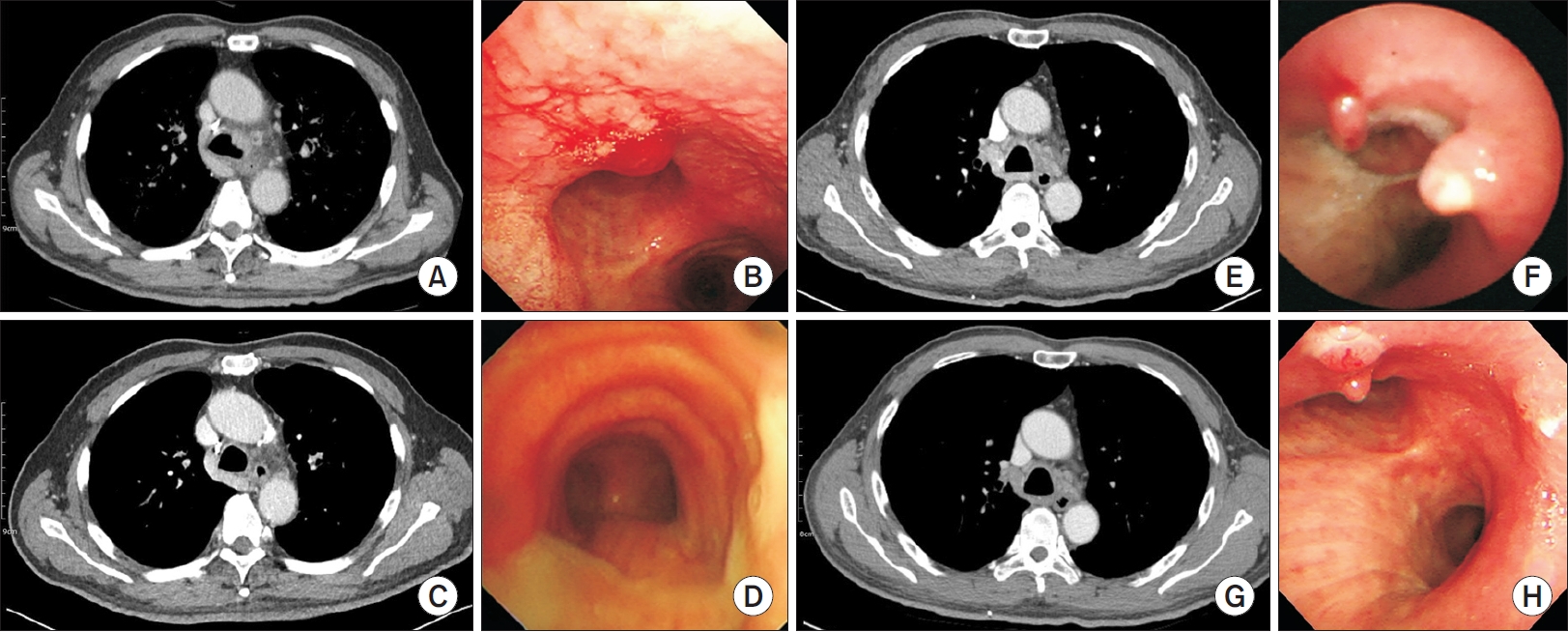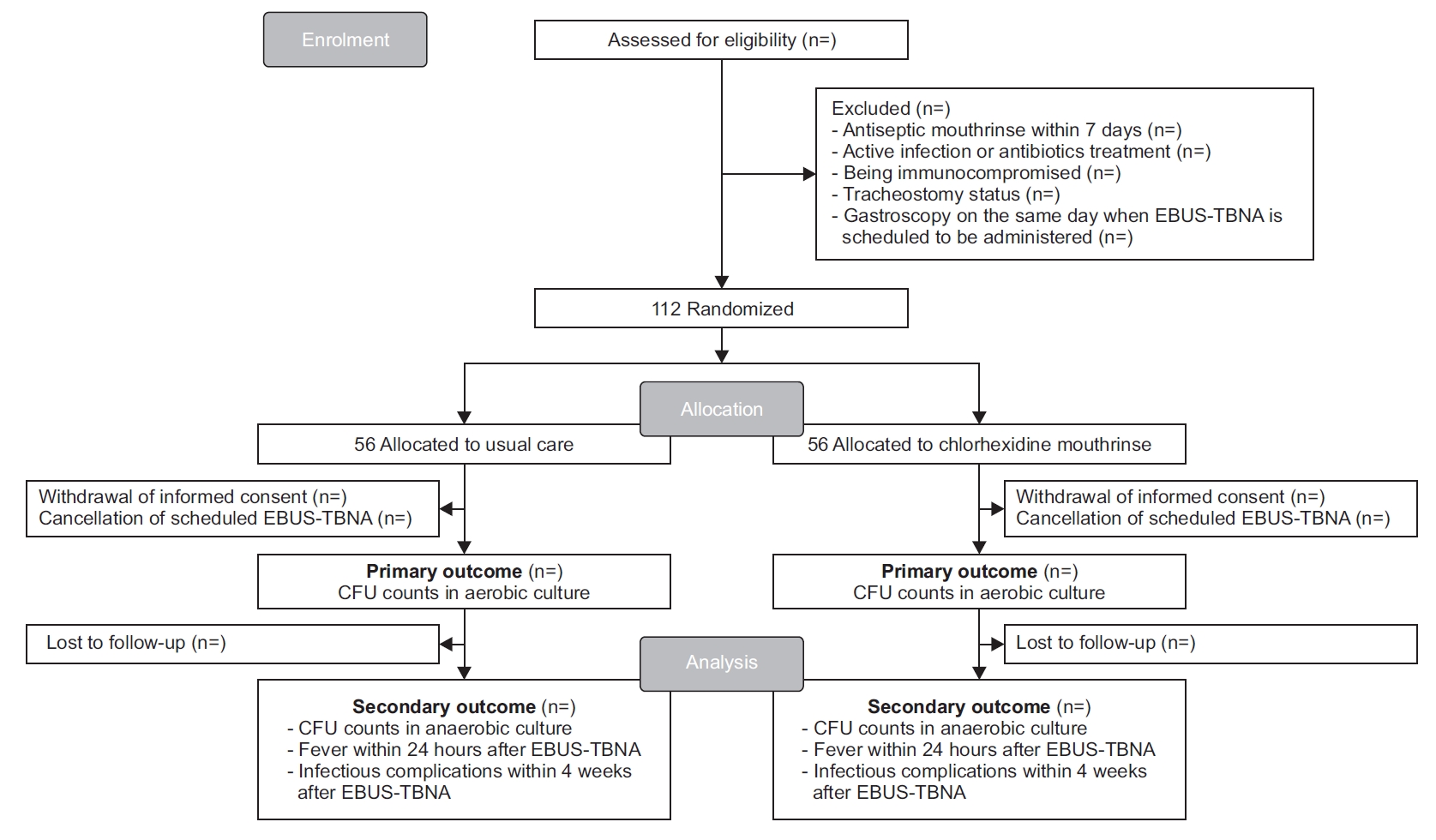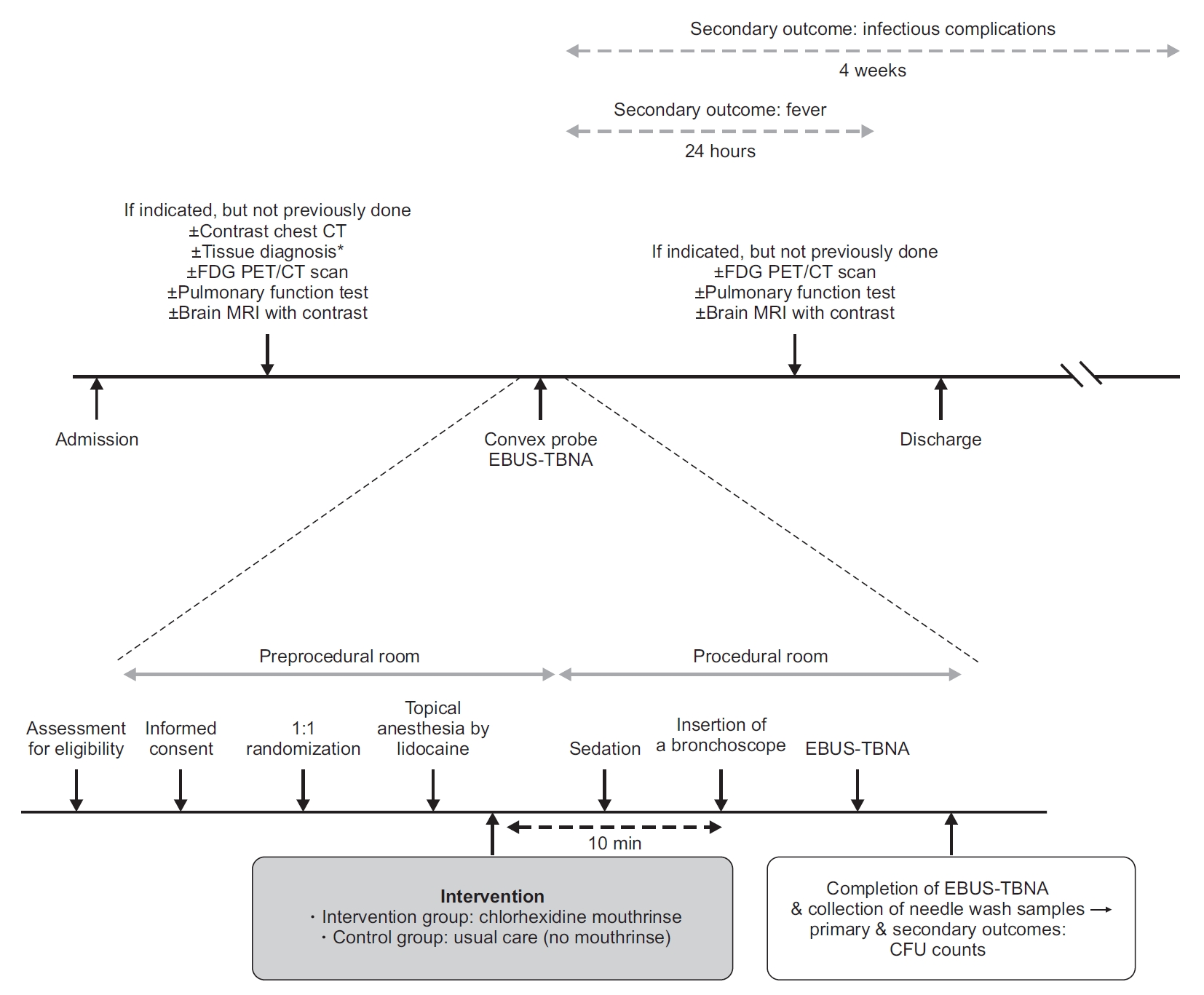1. Vaidya PJ, Munavvar M, Leuppi JD, Mehta AC, Chhajed PN. Endobronchial ultrasound-guided transbronchial needle aspiration: safe as it sounds. Respirology 2017;22:1093-101.


2. Gu P, Zhao YZ, Jiang LY, Zhang W, Xin Y, Han BH. Endobronchial ultrasound-guided transbronchial needle aspiration for staging of lung cancer: a systematic review and meta-analysis. Eur J Cancer 2009;45:1389-96.


4. Fukunaga K, Kawashima S, Seto R, Nakagawa H, Yamaguchi M, Nakano Y. Mediastinitis and pericarditis after endobronchial ultrasound-guided transbronchial needle aspiration. Respirol Case Rep 2015;3:16-8.


5. McGovern Murphy F, Grondin-Beaudoin B, Poulin Y, Boileau R, Dumoulin E. Mediastinal abscess following endobronchial ultrasound transbronchial needle aspiration in a patient with sarcoidosis. J Bronchology Interv Pulmonol 2015;22:370-2.


6. Matsuoka K, Ito A, Murata Y, Sakane T, Watanabe R, Imanishi N, et al. Severe mediastinitis and pericarditis after transbronchial needle aspiration. Ann Thorac Surg 2015;100:1881-3.


7. Voldby N, Folkersen BH, Rasmussen TR. Mediastinitis: a serious complication of endobronchial ultrasound-guided transbronchial needle aspiration. J Bronchology Interv Pulmonol 2017;24:75-9.

8. Lee HY, Kim J, Jo YS, Park YS. Bacterial pericarditis as a fatal complication after endobronchial ultrasound-guided transbronchial needle aspiration. Eur J Cardiothorac Surg 2015;48:630-2.


9. Epstein SK, Winslow CJ, Brecher SM, Faling LJ. Polymicrobial bacterial pericarditis after transbronchial needle aspiration: case report with an investigation on the risk of bacterial contamination during fiberoptic bronchoscopy. Am Rev Respir Dis 1992;146:523-5.


10. Minami D, Takigawa N, Oki M, Saka H, Shibayama T, Kiura K. Needle wash solution cultures following EBUS-TBNA with or without endobronchial intubation. Respir Investig 2018;56:356-60.


12. Jones CG. Chlorhexidine: is it still the gold standard? Periodontol 2000 1997;15:55-62.


14. Steinfort DP, Johnson DF, Irving LB. Incidence of bacteraemia following endobronchial ultrasound-guided transbronchial needle aspiration. Eur Respir J 2010;36:28-32.


15. Donatsky AM, Holzknecht BJ, Arpi M, Vilmann P, Meisner S, Jorgensen LN, et al. Oral chlorhexidine and microbial contamination during endoscopy: possible implications for transgastric surgery: a randomized, clinical trial. Surg Endosc 2013;27:1914-22.


16. Hua F, Xie H, Worthington HV, Furness S, Zhang Q, Li C. Oral hygiene care for critically ill patients to prevent ventilator-associated pneumonia. Cochrane Database Syst Rev 2016;10:CD008367.













 PDF Links
PDF Links PubReader
PubReader ePub Link
ePub Link Full text via DOI
Full text via DOI Print
Print Download Citation
Download Citation



